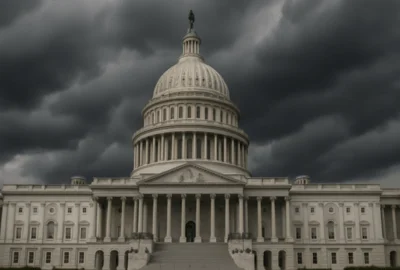The President of the United States has issued an order emphasizing the importance of state and local governments in enhancing national security through infrastructure preparedness. The order outlines a strategy to empower these entities, allowing them to make informed decisions that benefit citizens directly by addressing risks such as cyber attacks, wildfires, hurricanes, and space weather.
According to the President, "Federal policy must rightly recognize that preparedness is most effectively owned and managed at the State, local, and even individual levels." This approach aims to save American lives, secure livelihoods, reduce taxpayer burdens, and boost collective prosperity.
A National Resilience Strategy will be published within 90 days. It will outline priorities for advancing national resilience. Additionally, a review of critical infrastructure policies will occur within 180 days to recommend necessary changes for achieving a more resilient posture.
The President also calls for reviewing national continuity policies within 180 days to modernize capabilities and streamline approaches. Preparedness and response policies will be evaluated within 240 days to reformulate Federal responsibilities. A National Risk Register will be developed to identify risks to national infrastructure.
The Secretary of Homeland Security is tasked with proposing changes to improve communication between federal officials and state and local governments regarding preparedness functions.
This order does not alter existing authorities or create new legal rights but aims to implement consistent practices subject to available appropriations.





